全新收購
Trump’s laptop travel restriction is a confusing mess
Trump’s laptop travel restriction is a confusing mess
/
Confusion, explained
Share this story
Last night, the Department of Homeland Security (DHS) announced a decision to ban carry-on laptops and tablets on direct flights from eight Muslim-majority countries: Egypt, Jordan, Qatar, Kuwait, Morocco, United Arab Emirates, Saudi Arabia, and Turkey. Passengers traveling to the US from 10 airports in these countries will be barred from bringing laptops, tablets, or any devices “larger than a cellphone” as carry-on items; they will instead have to take them in checked luggage. It was reported on Tuesday that the UK is implementing a similar electronics ban on flights from some Middle Eastern countries.
The US government’s decision to ban carry-on electronics has sparked criticism, confusion, and a series of pressing questions.
What’s the motivation behind the device ban?
The DHS has described the order as a national security measure, saying that “evaluated intelligence” shows that terrorists are intent on “smuggling explosive devices in various consumer items.” The UK announced their own laptop ban this morning, with security sources telling The Telegraph that they “have seen the same intelligence as their US counterparts.” But Sky News noted that the decision was made in response to “the general threat of terrorism.”
So far, the DHS has not indicated that the ban was issued in response to an imminent threat. But Ozzie Nelson, an analyst at the Center for Strategic and International Studies, says the narrow scope of the order suggests that the government is reacting to precise intelligence.
“Anytime you get something, this specific of a remedy, that means they have pretty good intelligence regarding it,” says Nelson, a former National Security Council official. Nelson acknowledges that terrorists will likely continue to seek new ways to bring explosives on planes, though he says keeping larger devices out of their hands during flights could mitigate the risk of bigger explosions.
“Anytime you get something, this specific of a remedy, that means they have pretty good intelligence regarding it.”
Is checking a laptop really safer than having it in the cabin?
Philip Baum, a UK-based aviation security analyst and editor of Aviation Security International, says that it may be harder to activate laptop bombs if they’re in the carriage of a plane, but he says gate screening is more effective than cargo screening.
“We are much more effective at screening cabin baggage than we are hold baggage, because you’re dealing with smaller quantities and you’ve got the person in front of you,” Baum says. But, he adds, the new measure will do nothing to address “insider threats” at airports, such as the aviation worker who helped carry out the bombing of a Somali airplane last year.
In a series of tweets posted Tuesday morning, Thomas Joscelyn, senior fellow at the Foundation for Defense of Democracies, noted that “Al Qaeda has been experimenting with sophisticated explosives that can be brought on planes, avoiding X-Ray detection, for some time.” Joscelyn described the failed attack on the Somali jet as “part of an [Al Qaeda] effort across its regional branches” to experiment with “sophisticated explosives.”
Nelson, of the Center for Strategic and International Studies, says that “building a portable bomb and getting it to explode at the right time with the right force and impact is actually a difficult thing to do,” adding: “The best way to control an explosion is to actually have your hands on your device to be able to detonate it.”
Why are phones exempt from the ban?
Banned devices include cameras, tablets, e-readers, portable DVD players, game units, travel printers, and scanners. Smartphones are still allowed, though there is some confusion around the government’s definition of a smartphone. An FAQ posted on the DHS website today does not specify the maximum size of smartphones that will be allowed on planes, stating only: “Smartphones are commonly available around the world and their size is well understood by most passengers who fly internationally. Please check with your airline if you are not sure whether your smartphone is impacted.” In other words, you know it when you see it.
Nelson says he doesn’t know the specifics of the technology that the government is currently concerned about, but that the decision to exempt smartphones could have been a question of size: “You need mass to have a larger explosion.”
Are there economic motivations to the device ban?
Writing in The Washington Post, Henry Farrell and Abraham Newman, professors at George Washington University, suggest that the ban may have more to do with economic protectionism than national security.
“Three of the airlines that have been targeted for these measures — Emirates, Etihad Airways and Qatar Airways — have long been accused by their US competitors of receiving massive effective subsidies from their governments,” they write. “These airlines have been quietly worried for months that President Trump was going to retaliate. This may be the retaliation.” Banning in-flight electronics, they add, could push valuable business class customers to US airlines.
“These airlines have been quietly worried for months that President Trump was going to retaliate. This may be the retaliation.”
Okay, but what about connecting flights?
Officials have said that the electronics ban only applies to direct flights to the US from select airports, meaning terrorists could circumvent the restriction through connecting flights, Baum says. According to Nelson, travelers with connecting flights through Europe are typically re-screened before flying to the US, and American officials may have more confidence in screening technology and information sharing there than in the countries targeted by the order.
It is, however, a strange distinction. As The New York Times notes, US-bound passengers flying through the Abu Dhabi airport are already screened by US customs officials; it is one of 15 airports under the DHS’s preclearance program, which stations more than 600 customs officials at airports across the world.
There’s also still some confusion about carry-on restrictions for so-called “second freedom” and “fifth-freedom” flights, which can stop in third countries to refuel, let off, and pick up new passengers. CNN’s Jon Ostrower pointed out:
Emirates: DXB passengers flying to ATH-EWR & MXP-JFK must check their electronics. Still unclear for pickup Europe-US pax. (via @Zahraa1)
— Jon Ostrower (@jonostrower) March 21, 2017
Is this an extension of Trump’s executive order ban from Muslim-majority countries?
The order doesn’t impact any of the countries affected by Trump’s travel ban executive order. That said, civil liberties activists have raised concerns over racial profiling. “The administration hasn’t provided a security rationale that makes sense for this measure targeting travelers from Muslim-majority countries,” Hina Shamsi, national security project director at the ACLU, said in an email. “Given the administration’s already poor track record, this measure sends another signal of discriminatory targeting.”
And other organizations are concerned by how the directive could impact personal data. In a statement to The Verge, Electronic Frontier Foundation International Director Danny O’Brien said that, “While we are still reviewing reports about the ban on carry-on electronics, the rule is troubling on several fronts. Devices are vulnerable to being stolen or damaged, which is why people don’t check them. They may also be searched without travelers’ knowledge. The government should be more transparent about the need for the new rule, which affects the privacy of our data.”
Whether or not the device ban can be considered an extension of Trump’s previous orders, its impact follows the same line of reasoning: make it more difficult and inconvenient for those in the Middle East to travel to the United States. As one former administration official told BuzzFeed News, “It appears to be a Muslim ban by a thousand cuts.”
Update: This piece has been updated with a comment from the Electronic Frontier Foundation.
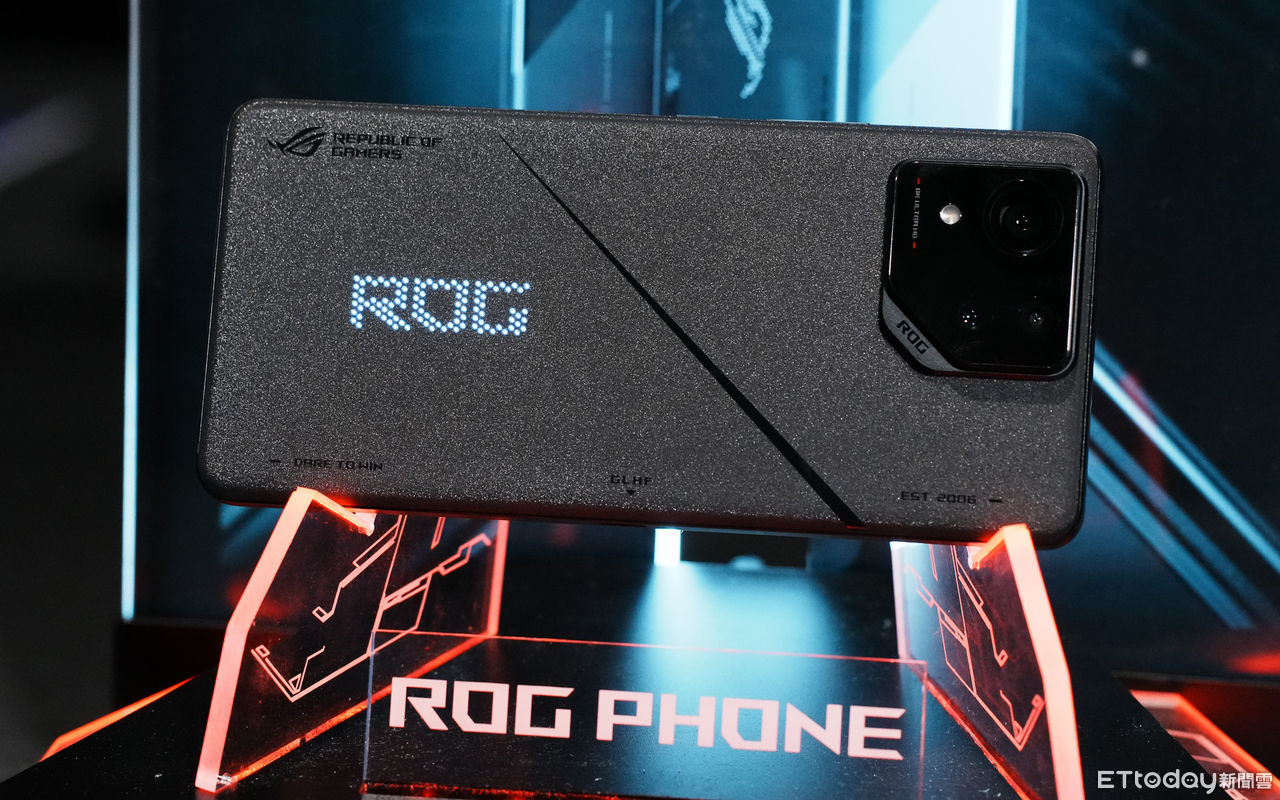
▲ 華碩 ROG Phone 8 搶先亮相。(圖/記者樓菀玲攝)
記者樓菀玲/台北報導
在今年度的 CES 2024 當中,ROG 玩家共和國(Republic of Gamers)舉辦 For Those Who Dare: Transcendence 線上發表會,展示了一系列相關新品更新自家產品線,並揭露幾項主要的新品實際樣貌讓玩家搶先看。
2024 年式 ROG 電競
全新收購筆電引入最新的 Intel Core Ultra 9 處理器和 NVIDIA GeForce RTX 4090 顯示卡,主打高效運算能力兼具 AI 浪潮,華碩聲稱不僅在效能上有顯著提升,還搭載了 Windows 11,其中包括 Copilot、Clipchamp、小畫家Cocreator 等多樣 AI 應用軟體,將電競
全新收購筆電的使用體驗推向了一個新高度。
ROG 重視
全新收購筆電的極致可攜性,讓玩家能夠在任何地方享受優質的遊戲體驗,螢幕導入 Nebula 霓真技術可提供疾速反應和華麗的視覺效果,搭配第 2 代 Arc Flow Fans 雙葉輪風扇的設計,可增加氣流量並降低了效能功耗,全面提升散熱效能。
ROG Zephyrus G14/16 電競
全新收購筆電和 ROG Strix SCAR 18 電競
全新收購筆電都迎來了新的設計,Zephyrus 系列融合潮流元素與 AI 技術,增強了行動力和效能。而 Strix SCAR 18 則採用了 Mini LED 螢幕,專為追求極致效能的玩家設計。
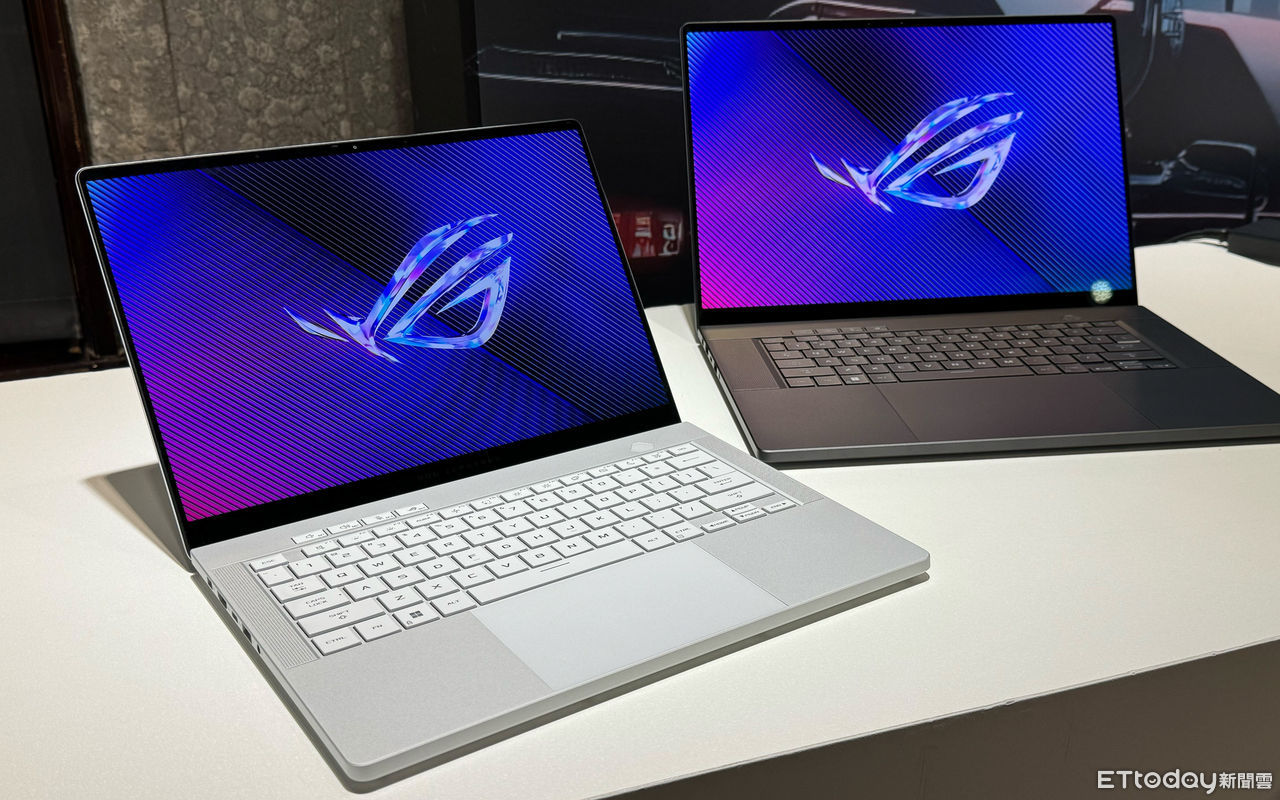
▲ 華碩 ROG 電競
全新收購筆電外觀實際樣貌搶先亮相。(圖/記者樓菀玲攝)

▲ 華碩 ROG 電競
全新收購筆電新品外觀大翻新,和以往有所不同。(圖/記者樓菀玲攝)
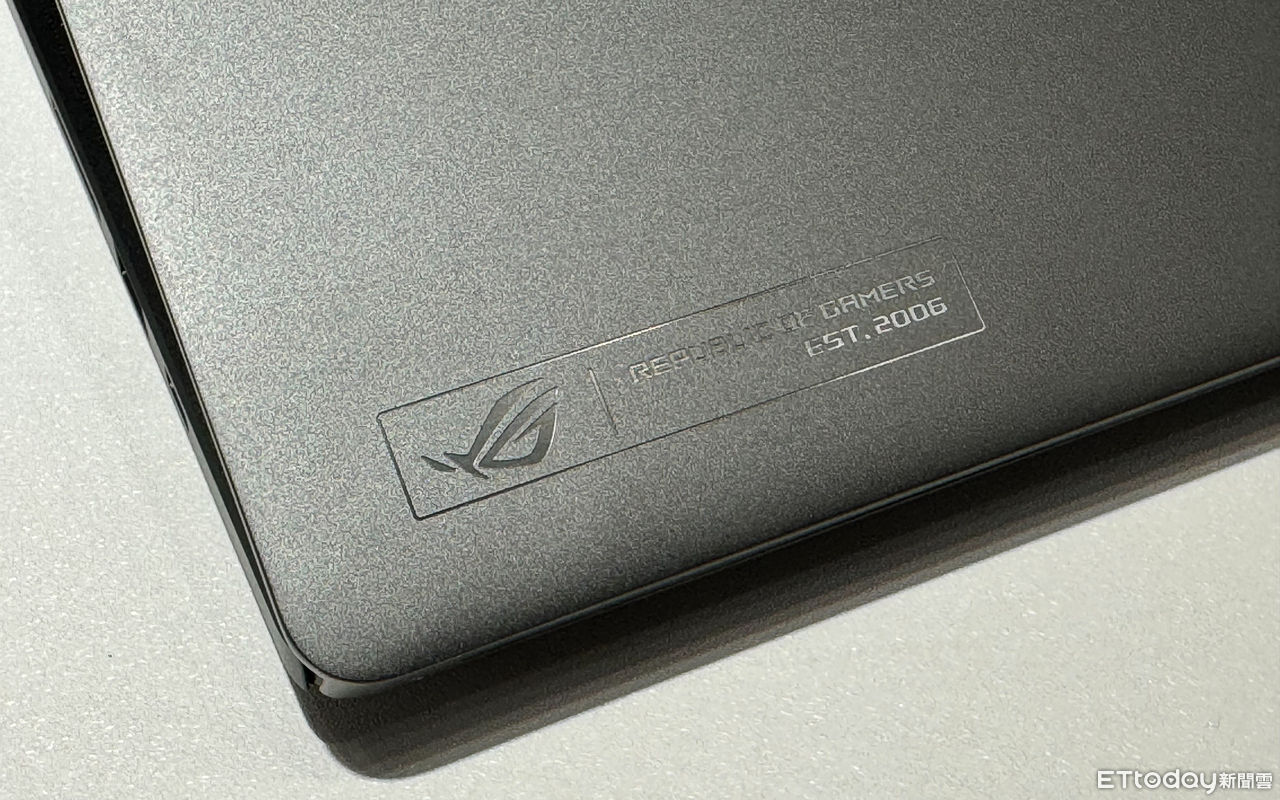
▲
全新收購筆電本人 A 面左下角的品牌標誌銘牌。(圖/記者樓菀玲攝)
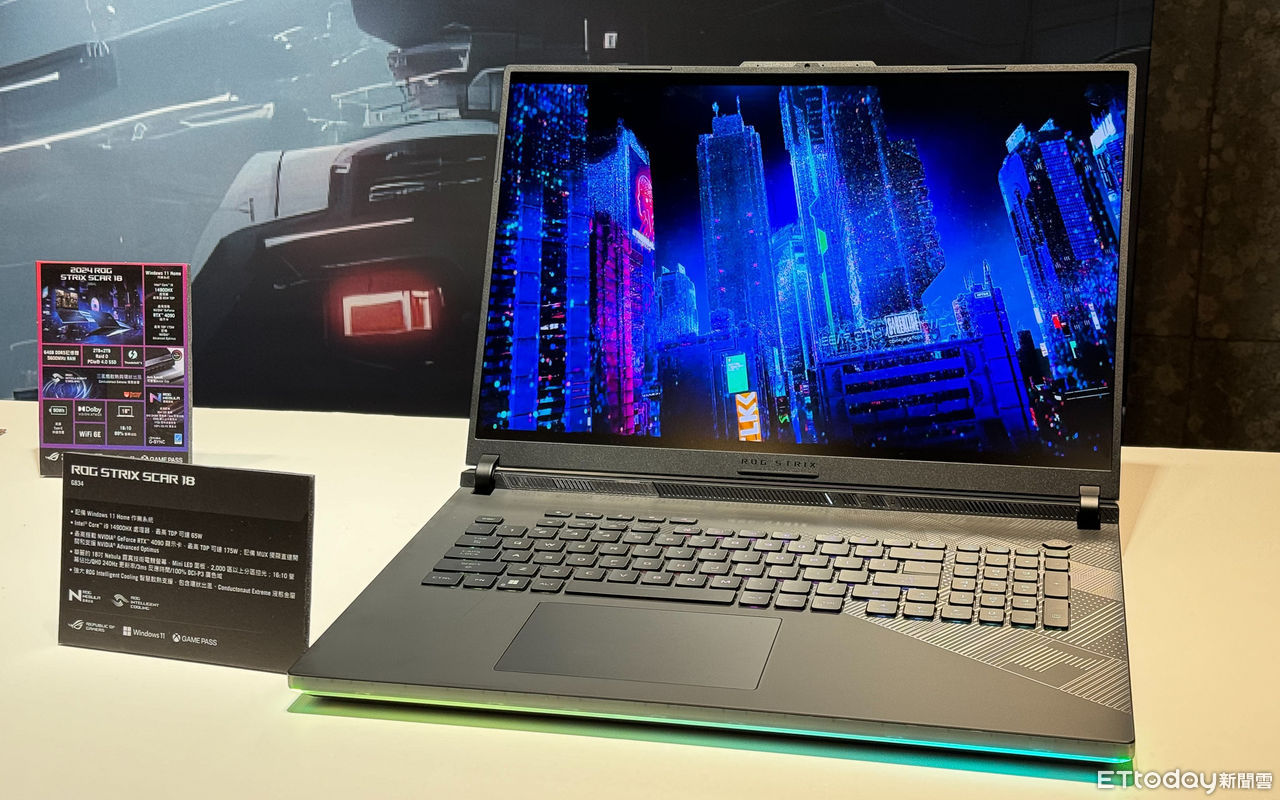
▲ ROG Strix SCAR 18 電競
全新收購筆電實機展示。(圖/記者樓菀玲攝)
同時 ROG Phone 8 系列也同步在此場合亮相,就以第一印象來說,新款機身不僅外觀大變身,更在相機拍攝技能上全面提升,超越傳統電競手機的定位,成為一款真正的全能型手機。
ROG Phone 8 保留了原本同系列的「Slash」視覺風格,機背加入斜切處理分為兩個區域,保留 ROG Phone 系列的戰鬥風格增加時尚元素,實際上手可以很明顯感受握感相當不錯。
而 ROG Phone 8 Pro 則採用全霧面設計,並在中間的斜線處嵌入了帶有 341 點 Dot Matrix LED 的「Anime Vision」顯示螢幕,一如當年 ROG Zephyrus G14 的 A 面自訂設計,可以自由決定顯示時間還是當下電量,最多可以設定多達 20 種以上的動畫,或者自訂動態 GIF 圖片。

▲ 華碩 ROG Phone 8 系列亮相。(圖/記者樓菀玲攝)
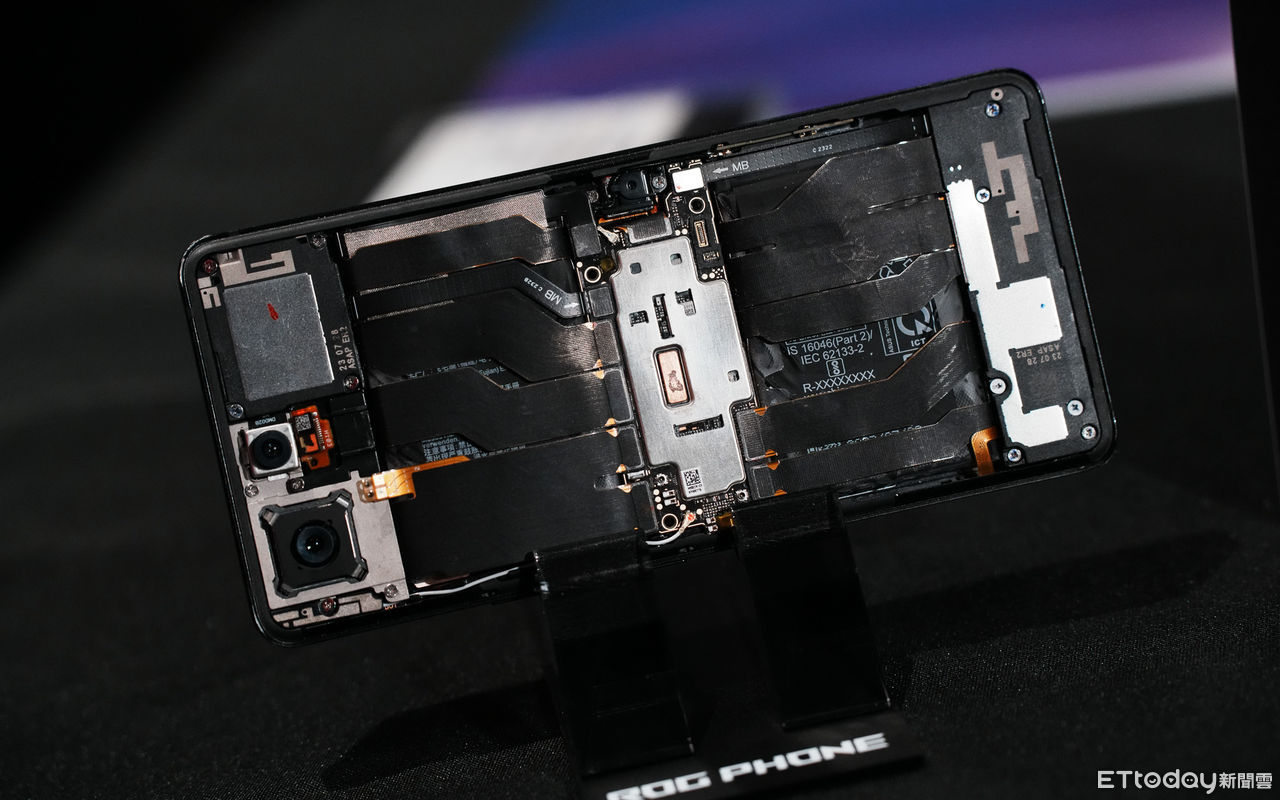
▲ 華碩 ROG Phone 8 內部構造。(圖/記者樓菀玲攝)
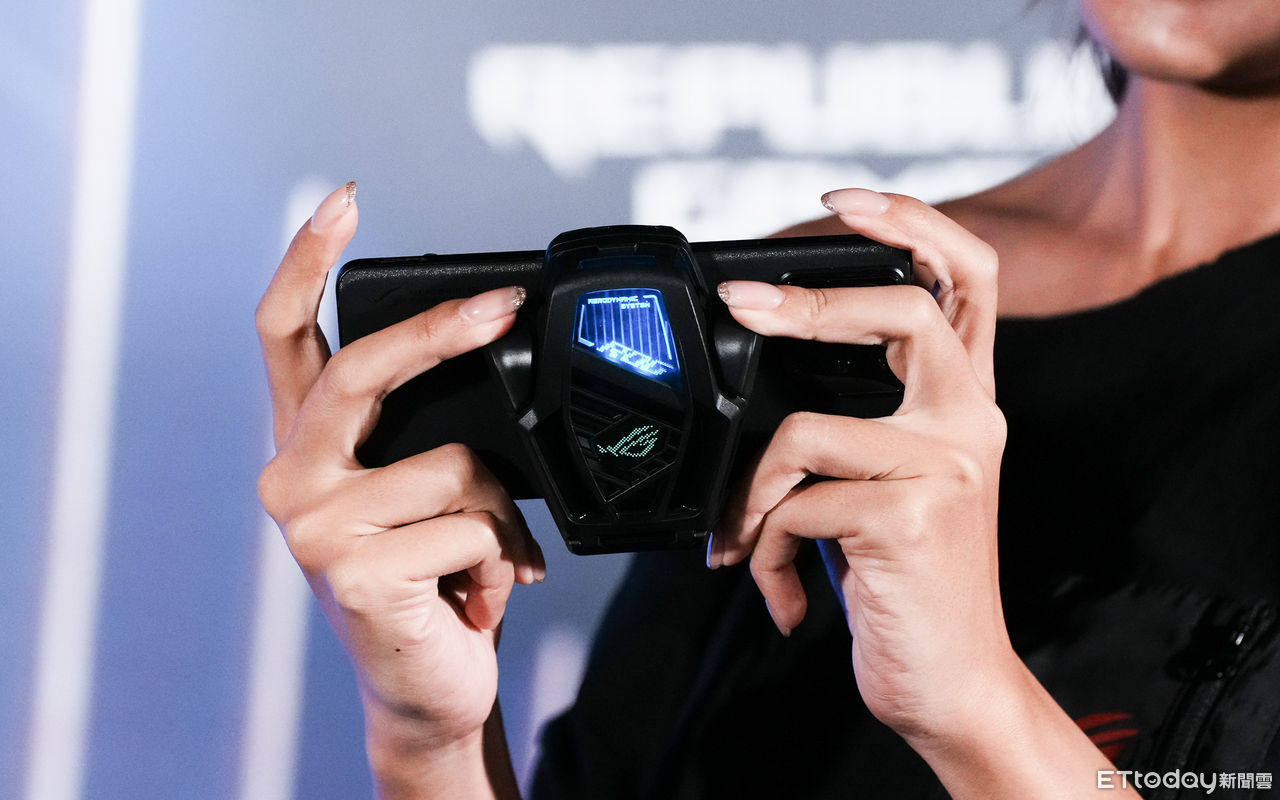
▲ 華碩 ROG Phone 8 動力風扇。(圖/記者樓菀玲攝)
全新收購
全新收購
:format(webp)/cdn2.vox-cdn.com/uploads/chorus_asset/file/8195841/450358587.jpg)